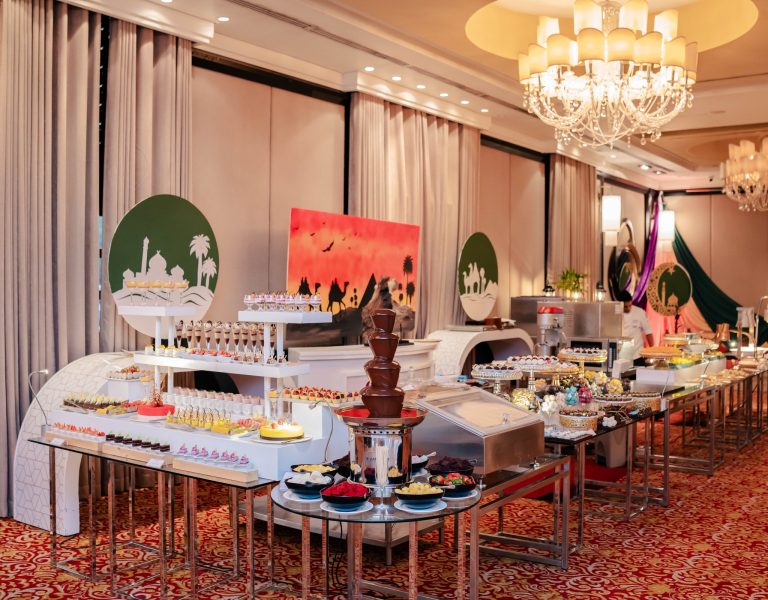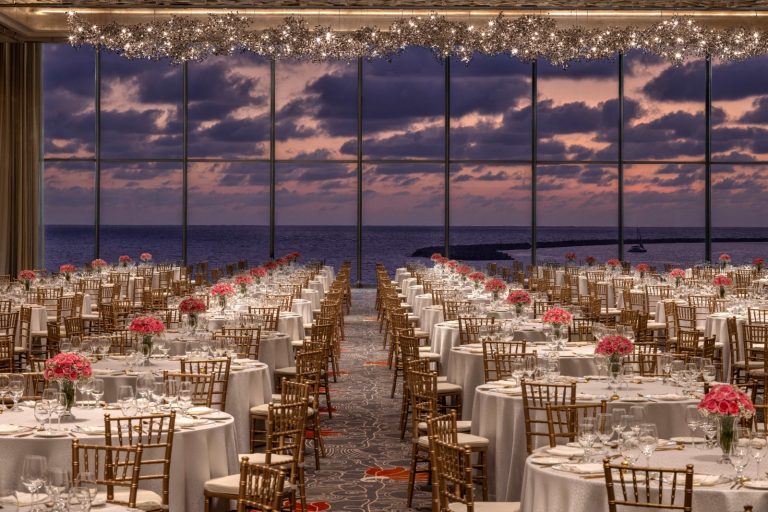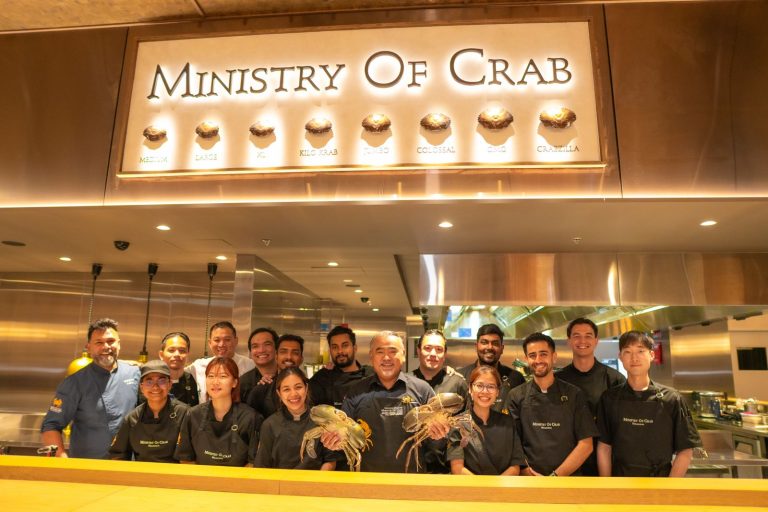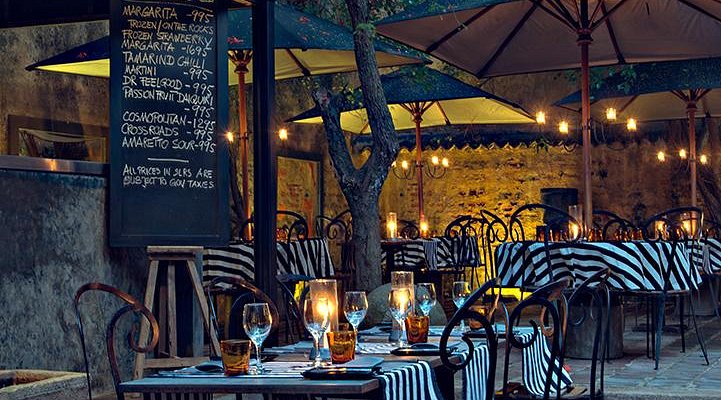The Negombo fort is from the 17th century, back when the Dutch and Portugese tussled over Sri Lankan cinnamon trade. What’s left of the original thing is the arch entryway and the bell tower beside it on a plain of green – the rest of the space is now a prison.
Notice how the streets in Negombo near the fort have the same names as the ones in Pettah – Main Street, Sea Street, 1st Cross Street – because of Dutch influence in both places.
The entrance has been preserved somehow, though some of the wall seems to have given way to exposed brick.
You can also see the old fort walls are subjected to some proper Sri Lankan graffiti, Nipun and Sunil style.
This tower, the only proper remnant of the fort, still looks beautiful and better maintained than the entrance tunnel. It stands erect over a mound of fresh grass, amid orange dirt expanse and the closed-off prison. The place is usually flocking with tourists during season, and also with family members of prisoners on typical weekdays.
Nearby is the Negombo lagoon, and further ahead, the Negombo fishmarket on the beach. The lagoon has a ring of colourful little boats all along its edges – you might see some boatmen chilling in the shade here. You can get a boat ride across the lagoon for about Rs. 1500.
Just around the corner here is a thambili stand on the road-side that also happens to sell pet goldfish.
The thambili makes some sweet relief on a hot day of wandering around here, for Rs. 40, and if you feel like adopting some fish, a bag of them is Rs. 150.
Conclusion
The Negombo fort isn’t much of a visit all on its own, since there’s only that cool bell tower and the entry tunnel that’s left of it. So if you’re heading here, then also stop by the fishmarket, the lagoon, and grab some thambili on the way back. There’s also these figurines in a wooden box right in the middle of the road, between the beach and the thambili stand, a reminder of Negombo’s predominant Christian population since the mass Portugese conversions in the 1500s.
















